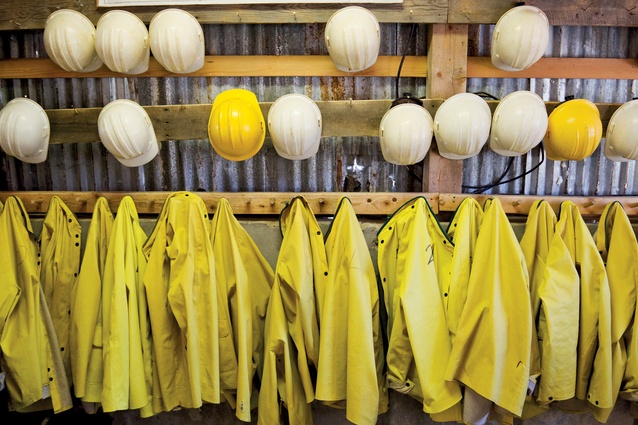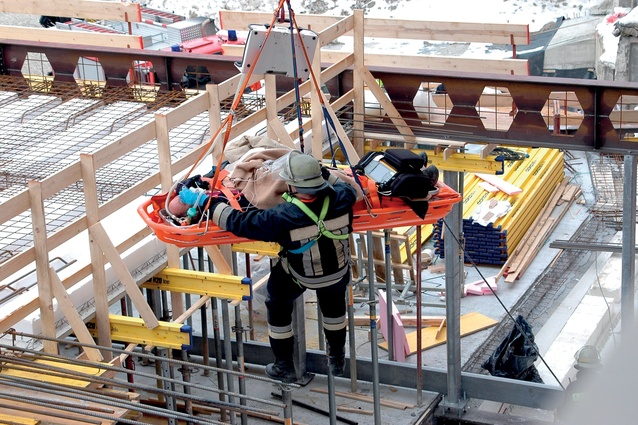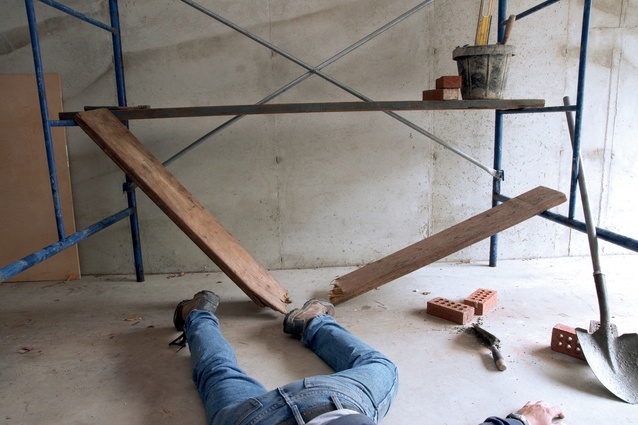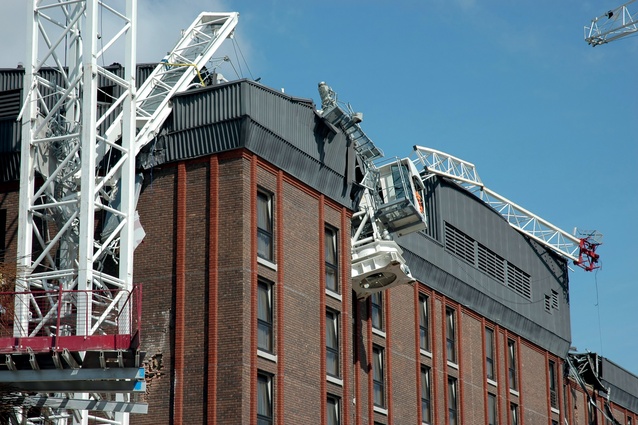Working safer together
The new Health and Safety at Work Act aims to help make our workplaces safer and reduce the number of fatalities and injuries that have had serious impacts on people and the economy, making New Zealand a less-than-standout player on the international stage. The Act will come into effect on 4 April 2016, bringing new responsibilities for businesses and workers.
Under the new law, a PCBU – Person Conducting a Business or Undertaking – will have the primary responsibility for health and safety. A PCBU will usually be a business rather than an individual; however, a person can also be a PCBU if they are a sole trader or self-employed.
WorkSafe sector engagement manager Bryce Fleury says the new law makes it very clear that those who create risk are responsible for managing it, either by eliminating or minimising it, so far as is reasonably practicable, which is why the primary responsibility rests with the PCBU.
“The new law also brings new responsibilities of due diligence for company partners and directors as well (called ‘officers’). Officers will have to actively engage at the governance level to make sure their organisations are safe, healthy places in which to work. Practically speaking, this means ensuring your business has the right policies, procedures, equipment and resources to manage risks and that you regularly monitor these.”
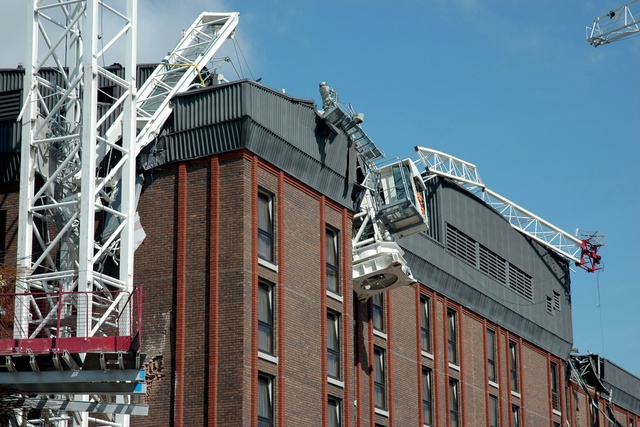
Under the new law, health and safety is everyone’s responsibility, and PCBUs and officers will both be held accountable if they fail in their duties. Workers are responsible for also taking reasonable care of their own and their fellow workers’ health and safety.
Certain changes are of particular relevance to the construction industry where multiple teams work together as well as side by side. Two or more PCBUs who work together must share duties of care. While this is already the case under current law the new Act is much clearer about this requirement. For example, on a site where companies are working together, each PCBU has to consult and co-ordinate with the other PCBUs to ensure the health and safety of the workers on site and of visitors to the site.
How they do this will be different according to their role and activity on site. For example, the head contractor and the subcontractor should consult each other about the job requirements, the skills required of the workers, any health and safety risks associated with the work, and on what each will do to control the risks.
“It’s about collaboration, particularly when multiple trades are on site. The nature of construction means that on any given day you might have builders, sparkies and plumbers all working on the same site. The Act aims to ensure that they all work together to keep themselves and each other safe,” Fleury says.
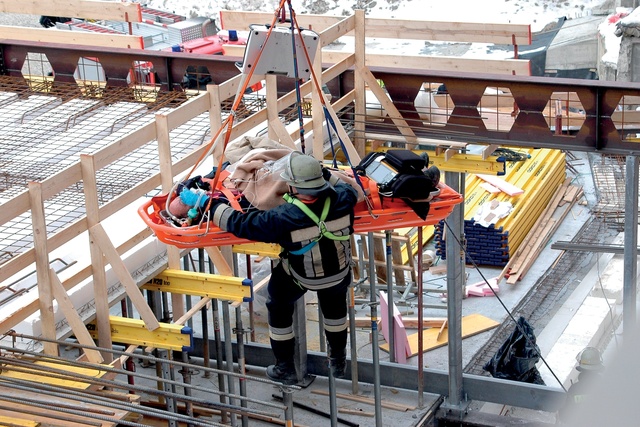
“At a practical level that might mean the client and the head contractor agreeing on how health and safety will work on site. That would include contractors and tradies who also have duties to their workers and anyone else on site. Together [even where they have no contractual arrangement], all the businesses on site must ensure they are doing all that is reasonably practicable to keep the site safe for everyone.”
Where the duties of different PCBUs on site overlap they can make arrangements with one another, for example by making sure everyone has access to first-aid facilities. The head contractor will most likely provide those facilities for all workers on site but the subcontractor must confirm they’re in place and accessible to their own workers as well. The head contractor would also usually provide security for the site as a whole.
And, Fleury says, it’s not about generating a mass of paperwork. “It’s about making sure that everyone knows who is responsible for what on health and safety in each area of work and ensuring that sensible, arrangements are in place.”
On its website, WorkSafe NZ says this approach helps the work on shared worksites and contracting chains to run smoothly and efficiently, which can lead to productivity gains. PCBUs in these types of work situations will have to work together to sort out problems. “This will avoid the head contractor or landlord, for example, having to step in and sort out every problem on site or further down the contracting chain.”
As work health and safety is everyone’s responsibility, PCBUs who are ‘upstream’ from the workplace (for example designers such as architects and engineers, manufacturers, suppliers or installers of plant, substances or structures) also have a role to play in managing risks to health and safety at work.

“They have a duty to ensure, so far as is reasonably practicable, that the work they do or the things they provide to the workplace, such as plant, substances or structures, don’t create health and safety risks.” For instance, where scaffolding is used in a workplace each PCBU in the chain must play their part to ensure the health and safety of workers and others who come into contact with the scaffolding for as long as it is on site.
PCBUs include the engineer who designs the scaffolding, the scaffolding manufacturing company, the scaffolding hire company as both the supplier and usually the installer of the scaffolding, as well as the client who commissions the scaffolding.
Penalties have changed; some have substantially increased. The three categories of offence and maximum penalties for an officer are:
- Category 1 – Reckless conduct: $600,000, five years’ imprisonment, or both
- Category 2 – Failure exposing to serious risk: $300,000
- Category 3 – Failure to comply with health and safety duty: $100,000
Once the regulations are finalised, WorkSafe will be issuing formal guidance to support the Act and regulations. This formal guidance will start to become available early next year. In the meantime WorkSafe will be developing general information on the new legislation to help people prepare for its implementation in April 2016.
You can sign up to find out more about what guidance will be provided by visiting worksafe.govt.nz.

